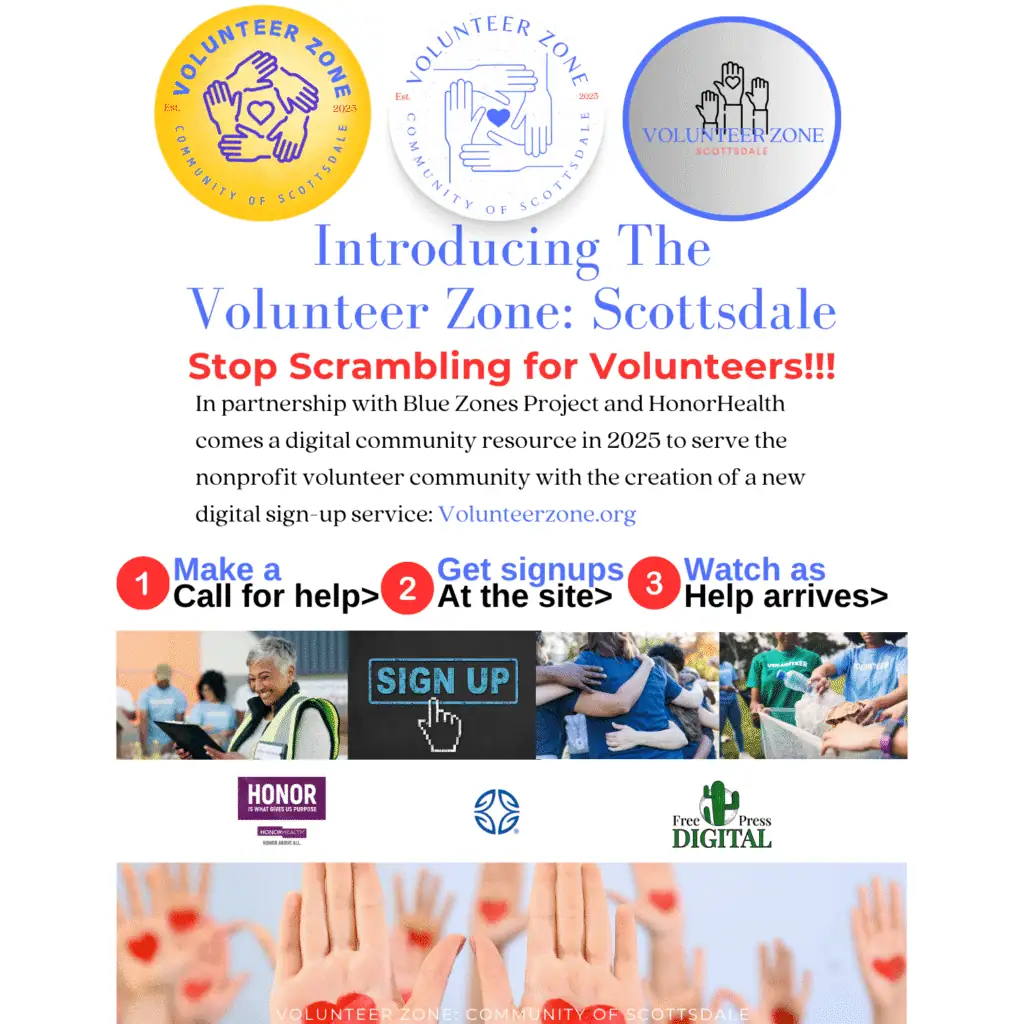
Sponsored Content | Digital Free Press
Imagine trying to enjoy your morning coffee, but your hands won’t stay steady enough to lift the cup without spilling. Or attempting to write a simple note, only to find your penmanship transformed into an unreadable scrawl.
For millions of people worldwide, these challenges are a daily reality due to a condition known as essential tremor.
Essential tremor is the most common movement disorder, affecting an estimated 10 million people in the U.S. By comparison, Parkinson’s disease, another well-known movement disorder, affects approximately one million Americans. While essential tremor is often considered benign, its impact on daily life can be significant, leading many to seek medical intervention.
“Essential tremor is a neurological disorder that causes involuntary and rhythmic shaking, most commonly affecting the hands, it can also impact the head, voice and other parts of the body,” says Daniel Savitt, MD, neurologist and HonorHealth Movement Disorder Program lead. “Unlike Parkinson’s disease, which is another movement disorder, essential tremor primarily occurs during voluntary movements, such as eating or writing, and less so at rest.”
It’s easy to confuse essential tremor with Parkinson’s disease, but there are key differences. Francisco Ponce, MD, a neurosurgeon on the HonorHealth Medical Staff, explains, “While both conditions involve tremors, essential tremor typically occurs with movement, like when you’re reaching for an object, whereas Parkinson’s tremor is more prominent at rest.” Parkinson’s disease is also associated with other symptoms such as muscle stiffness and slowed movement, which are not characteristic of essential tremor.
The hallmark symptom of essential tremor is a noticeable shaking in one or both hands when they’re in use. This tremor can also affect the head, leading to a “yes-yes” or “no-no” motion, and may impact the voice, causing it to sound shaky. The severity of the tremor can vary, ranging from mild and barely noticeable to severe and disabling, interfering with daily activities and quality of life.
The exact cause of essential tremor remains unknown. However, it often runs in families, suggesting a genetic component. A family history of tremor is present in 30-70% of patients with essential tremor, and first-degree relatives of patients with essential tremor have an increased risk of developing it. While it can occur at any age, essential tremor is more common in older adults.
Recognizing when to seek professional help is crucial according to Harsh Gupta, MD, neurologist and movement disorder specialist with HonorHealth. “If you notice a tremor that’s affecting your daily activities or causing you concern, it’s time to consult a healthcare provider. Early evaluation can help in managing the symptoms effectively.”
Diagnosing essential tremor involves a thorough review of your medical and family history, and a physical examination. There are no specific laboratory tests to confirm essential tremor, so doctors often perform tests to rule out other conditions that could be causing the symptoms. This process may include blood tests to check for thyroid issues or other metabolic problems, as well as imaging studies if needed.
Medications are often the first line of treatment for more pronounced tremors. Beta-blockers, such as propranolol, and anti-seizure medications, like primidone, have been effective in reducing symptoms for some individuals.
Incorporating certain lifestyle changes can help manage essential tremor. Reducing caffeine and alcohol intake is recommended as they can exacerbate tremors. Engaging in stress-reducing activities, such as yoga or meditation, can also be beneficial, as stress and anxiety often worsen tremor symptoms. Physical and occupational therapy can aid in improving muscle control and coordination. Therapists can teach techniques and exercises to adapt to tremors, making daily tasks more manageable.
When medications and lifestyle adjustments fail to provide adequate relief, surgical interventions may be considered. “Deep brain stimulation is a surgical option derived from pacemaker technology, where electrodes are implanted in specific areas of the brain to regulate abnormal signals,” Dr. Gupta explains. “It’s typically considered when tremors are severe and unresponsive to other treatments.”
“Another neurosurgical option is MRI-guided focused ultrasound, which uses sound waves to target and destroy the small area of brain tissue involved in tremor generation,” adds Dr. Savitt. “This procedure doesn’t require incisions and is a reasonable alternative to deep brain stimulation for some patients.”
As with any surgical procedure, there are risks involved. Potential complications include infection, bleeding, or unintended effects on mood and cognition. However, many patients experience significant improvement in their symptoms, leading to enhanced quality of life. It’s essential to have a thorough discussion with your healthcare team to weigh the benefits and risks based on your specific condition.
Living with essential tremor can be challenging but understanding the condition and exploring the various management strategies can empower those affected to lead fulfilling lives. As Dr. Ponce emphasizes, “Early intervention and a personalized treatment approach are key to managing essential tremor effectively.” If you or a loved one are experiencing symptoms, don’t hesitate to seek professional advice and explore the options available to you by contacting the expert team at HonorHealth Neurology.


























